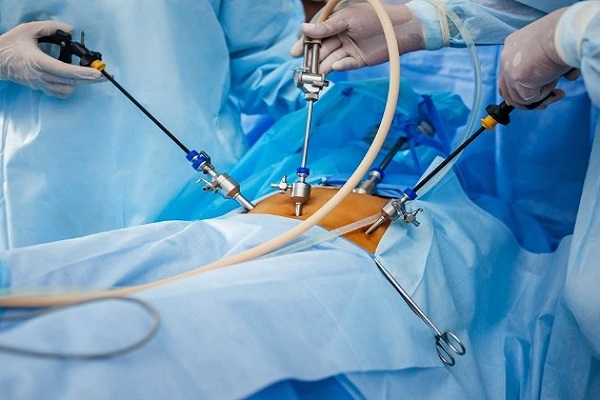
Gynaecological Laparoscopy

Laparoscopy is usually performed under general anesthesia. It is often carried out as same-day, minimally invasive surgical procedure. A thin, flexible tube with a camera at the end is inserted into the abdomen and pelvis through a small incision within or just below your navel, to look at the fallopian tubes, uterus, and ovaries. This can reveal abnormalities of the uterus and fallopian tubes. A dye may also be introduced in order to check that there are no blockages in the tubes. Some pain and discomfort are common after surgery, though it should be minimal. After the procedure, we will describe the results and present some possible next steps. If a person decides to try IVF or another fertility treatment, you are recommended to wait several weeks to allow the body to recover from the laparoscopy before trying IVF or other fertility treatment.
Uses
Laparoscopy can diagnose many conditions that affect fertility, such as:
- Endometriosis
- Blocked fallopian tubes
- Buildups of scar tissue
- Fibroids
- Other abnormalities of the reproductive system
Benefits
- Compared to other surgical procedures laparoscopy can diagnose the cause of infertility
- Less invasive methods
- A lower risk of infection
- Smaller scars
- The possibility of correcting the issue during surgery
- An easier recovery
- Also, if a person receives treatment during the procedure, the chances of conceiving may increase right away
Risks
While rare, complications can occur after surgery. Anyone experiencing any of the following complications should contact immediately the emergency room:
- Fever
- Heavy vaginal bleeding
- Worsening or severe pain
- Fainting
- Infection of the incisions, including redness, swelling, or discharge
- Being unable to use the bathroom
- As with any surgical procedure, it is essential to consider the risks such as internal bleeding, and damage to internal organs
